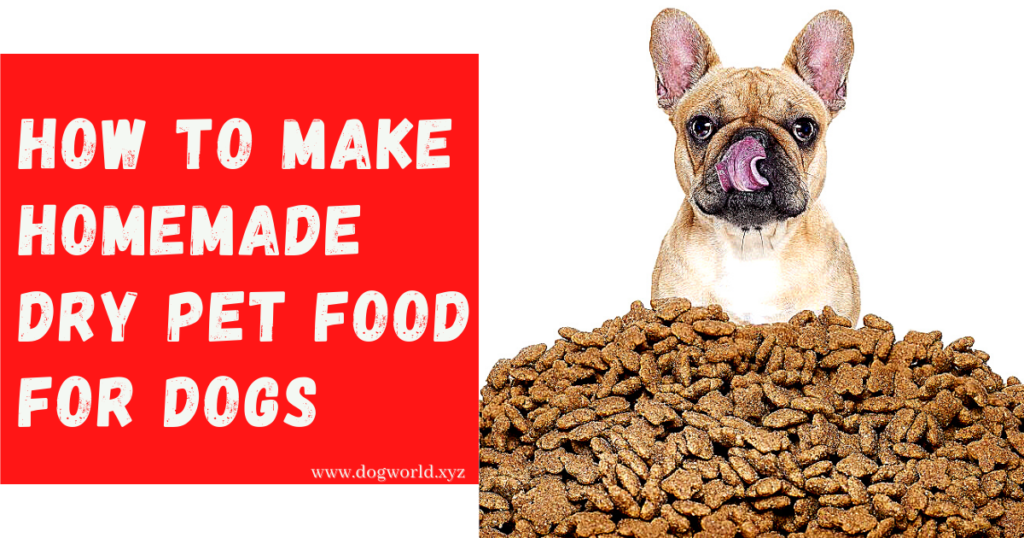Calcium is harder for puppies

All of these guidelines apply to adult dogs only. Puppies are heavier. The NRC and AAFCO agree that puppies need a minimum of 3 mg of calcium per calorie (three times as much calcium as an adult dog based on calories).
The maximum amount of calcium a puppy should receive is 4.5 mg per kcal (4.5 g / Mcal). It is very important not to give large breed puppies too much calcium during the first six months, as they are the group most likely to develop bone and joint disorders if given the wrong amount of calcium and phosphorus.
Puppies also need more phosphorus than adult dogs. Never add calcium to a puppy’s household diet. Puppies need a bone meal or some other type of supplement that contains calcium and phosphorus to ensure the right amount and ratio of calcium and phosphorus.
What Forms of Calcium Should You Give Your Dog?
There are many forms of calcium you can add to your homemade food to meet your dog’s needs. Any simple form of calcium without other ingredients like vitamin D is fine. Dogs crave vitamin D, but because dogs need more calcium but not more vitamin D than humans, the amount of vitamin D you end up giving when using a combination product is too high.
Calcium carbonate is usually the cheapest and easiest to administer because it contains more elemental calcium than most other calcium compounds, so you need to add less powder to your diet.
An easy way to provide calcium is to use eggshells that have been washed, dried, and ground into a powder in a clean coffee grinder or blender. A large eggshell makes about a teaspoon of shell powder weighing 5.5 grams. It provides about 2000 mg of calcium:
1/8 teaspoon of powdered eggshell provides about 250 mg of calcium
1/4 tsp = 500 mg
3⁄8 teaspoon = 750 mg
1/2 teaspoon = 1000 mg
5/8 teaspoons = 1,250 mg
3/4 tsp = 1500 mg
7⁄8 teaspoon = 1,750 mg
1 teaspoon = 2000 mg
Some people like to give their dog whole eggs in the shell, but I don’t think this is a good way to make sure your dog is getting enough calcium. The calcium in eggshells that are not ground into powder may not be absorbed, especially if you see shell particles in your dog’s poop. If it’s absorbed, you may be giving too much calcium, especially in smaller dogs.
It’s a good idea to give your dog a whole egg, including the shell, as a treat. However, if you are using eggshells to get calcium for a balanced diet, the safest way to use them is to grind the shells into a powder.
If you are using a calcium supplement that also contains phosphorus, such as bone meal powder or dicalcium phosphate, you will need to provide more calcium than if you are taking a regular calcium supplement to keep the calcium: phosphorus ratio within the correct range. To determine how much to give, you must first subtract the amount of phosphorus from the amount of calcium,
For example, if your bone meal supplement contains 800 mg of calcium and 300 mg of phosphorus per teaspoon, consider using 500 mg of “extra” calcium to calculate how much to give. According to Table I, if your dog needs to add 1000 mg of calcium to her diet, add two teaspoons of bone meal (500 mg extra calcium per teaspoon) to provide the right amount of calcium, make sure the ratio of calcium to phosphorus is within the correct range. the rest.
Note that human bone meal products may not tell you the actual amount of calcium and phosphorus they provide, but rather give you a percentage of the recommended daily value for adults.
For example, Bone Nutrition Powder at NOW Foods says that one teaspoon provides 80 percent of the Recommended Daily Allowance (RDA) for calcium and 30 percent of the RDA for phosphorus. The recommended daily allowance for calcium and phosphorus for humans is 1000 mg (1 gram), so 80 percent is 800 mg and 30 percent is 300 mg.
These calculations immediately became more complicated as the FDA recently increased this recommended amount to 1,300 mg of calcium and 1,250 mg of phosphorus. The new label should reflect this change by July 2020. Unless NOW Foods changes its wording, the same product now indicates that it provides 62 percent of the RDA for calcium and 24 percent of the RDA for phosphorus.
Many bone meal products provide twice as much calcium as phosphorus. In this case, you can simply double up on the calcium recommendations listed in Table I to determine how much to give.
If you are using bone meal powder to provide calcium, look for brands that have been tested to show that the product is low in the lead. Never use bone meal products for fertilizer.
Dolomite is another type of calcium supplement that contains very high levels of lead.
Herbal calcium supplements show significant variations in the amount of lead they can contain; Contact the company for test results before using this supplement every day.
Again, these guidelines only apply to dogs that are fed a home diet that lacks an adequate source of calcium, such as B. raw meat bones or supplements designed to balance a home diet. There are many more homemade diets that we will discuss in a future article, but getting the right calcium is a big step in the right direction to eat a complete and balanced diet.
Thank you for continue reading please don’t forget to share this article with your friends.
Sponsored
Share
[Sassy_Social_Share]
Sponsored






